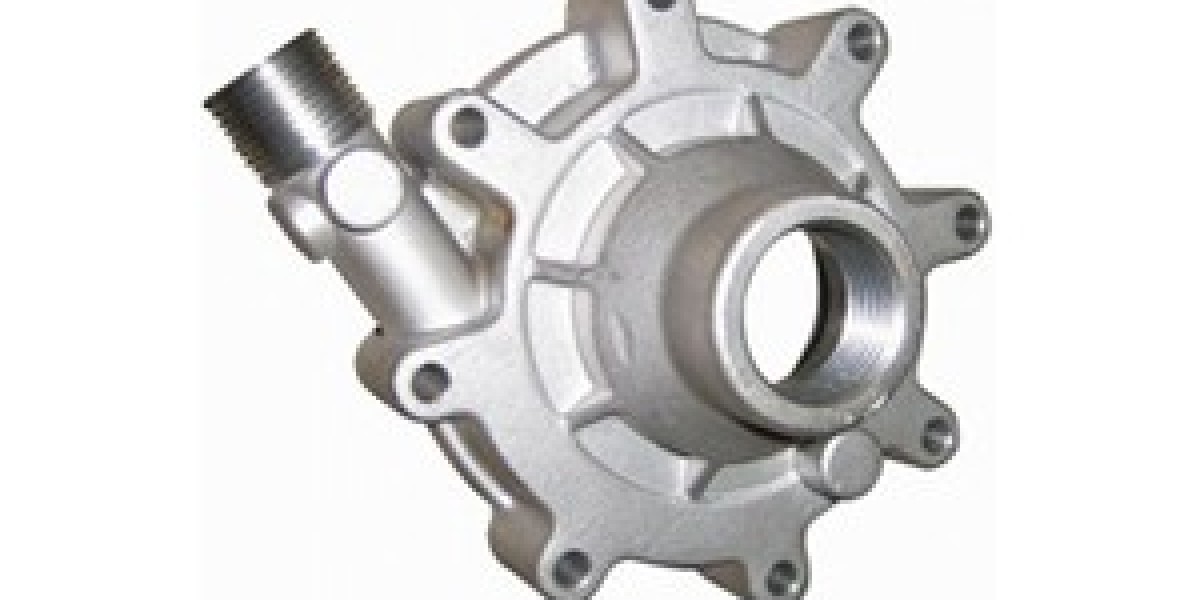Introduction:
White iron casting is a specialized casting process that involves the production of iron components with a high carbon content, resulting in a hard and brittle material known as white iron. This type of casting offers exceptional wear resistance and is widely utilized in diverse industries for applications that require durability and strength. In this comprehensive answer, we will delve into the details of white iron casting, its properties, manufacturing process, and its significant contributions to various industrial sectors.
- Properties of White Iron:
White iron exhibits unique properties that make it highly desirable for specific applications. Some key properties of white iron include:
a) High Hardness: White iron possesses exceptional hardness due to its high carbon content, typically ranging from 2.0% to 4.5%. This property enables it to withstand heavy wear and abrasion, making it suitable for applications where impact resistance is crucial.
b) Superior Wear Resistance: The high carbon content in white iron casting contributes to its remarkable wear resistance, making it an ideal choice for components subjected to severe abrasive forces. It can withstand high-velocity impacts and sliding abrasion, thereby increasing the lifespan of equipment.
c) Excellent Strength: White iron exhibits exceptional compressive strength, which allows it to endure heavy loads and resist deformation. Its high strength-to-weight ratio makes it suitable for applications requiring structural integrity.
- Manufacturing Process of White Iron Casting:
White iron casting involves a specific manufacturing process to achieve the desired material properties. The process typically consists of the following steps:
a) Pattern Creation: A pattern, typically made of wood or metal, is created to define the shape and dimensions of the desired iron component. The pattern is a replica of the final product.
b) Mold Preparation: A mold is produced by packing sand or another suitable material around the pattern. The mold is designed with channels, known as gating systems, to facilitate the flow of molten iron during casting.
c) Melting and Pouring: In this step, iron is melted in a furnace at high temperatures, typically exceeding 1,370°C (2,500°F). Once the iron reaches the molten state, it is poured into the prepared mold through the gating system.
d) Cooling and Solidification: As the molten iron fills the mold, it gradually cools and solidifies, taking the shape of the pattern. The solidification process is carefully controlled to minimize defects and ensure the desired material properties.
e) Shakeout and Finishing: After the iron has solidified, the mold is broken apart, and the casting, also known as the "white iron," is removed. The casting is then subjected to various finishing processes, such as grinding, machining, and heat treatment, to achieve the required dimensions and surface quality.
- Applications of White Iron Casting:
White iron casting finds extensive applications across a range of industries where its unique properties are highly valued. Some notable applications include:
a) Mining and Construction: White iron is widely used in mining and construction equipment such as crusher liners, wear plates, and dredge pump components. Its exceptional wear resistance ensures prolonged equipment lifespan, reducing downtime and maintenance costs.
b) Cement and Power Generation: The cement and power industries employ white iron for the manufacturing of grinding balls, hammers, and liners. These components are subjected to intense grinding and impact forces, making white iron an optimal choice for their production.
c) Oil and Gas: White iron is utilized in the oil and gas industry for applications such as drill bits, mud pump liners, and valve seats. Its hardness and wear resistance make it well-suited to withstand harsh drilling conditions and abrasive fluids.
d) Steel Production: White iron is employed in steel production as rolls and guides for continuous casting processes. Its ability to withstand high temperatures and resist wear ensures smooth and efficient steel production.
e) Transportation: White iron finds applications in the transportation sector, particularly in the production of wear-resistant components for rail and road systems. These include railroad brake shoes, couplings, and various automotive parts subjected to heavy loads and abrasive forces.
- Advantages and Limitations of White Iron Casting:
a) Advantages:
- Exceptional wear resistance, reducing maintenance costs and downtime.
- High hardness and strength, ensuring durability and reliability.
- Superior resistance to abrasive forces, making it suitable for demanding applications.
- Versatility in various industrial sectors due to its wide range of applications.
b) Limitations:
- Brittle nature, making it susceptible to cracking under certain conditions.
- Limited impact resistance compared to other materials, necessitating careful design considerations.
- Challenging to machine and shape due to its hardness, requiring specialized tools and processes.
- Ongoing Developments and Future Outlook:
White iron casting continues to evolve through ongoing research and development efforts. Advanced manufacturing techniques and alloy compositions are being explored to enhance its properties, expand its range of applications, and mitigate its limitations. Furthermore, advancements in computer-aided design and simulation technologies allow for more precise and efficient white iron casting processes.
As industries continue to demand robust and durable materials, white iron casting is expected to remain a vital manufacturing technique. Its exceptional wear resistance and strength make it indispensable in numerous sectors, ensuring the longevity and reliability of critical components.
Conclusion:
White iron casting, with its remarkable properties and specialized manufacturing process, plays a crucial role in various industries. Its exceptional wear resistance, high hardness, and superior strength make it a preferred choice for applications that require durability and resistance to abrasive forces. From mining and construction to cement production, oil and gas, and transportation, white iron casting contributes significantly to the efficiency and longevity of equipment and components. As technology advances, white iron casting continues to evolve, expanding its applications and ensuring its continued relevance in the industrial landscape.








